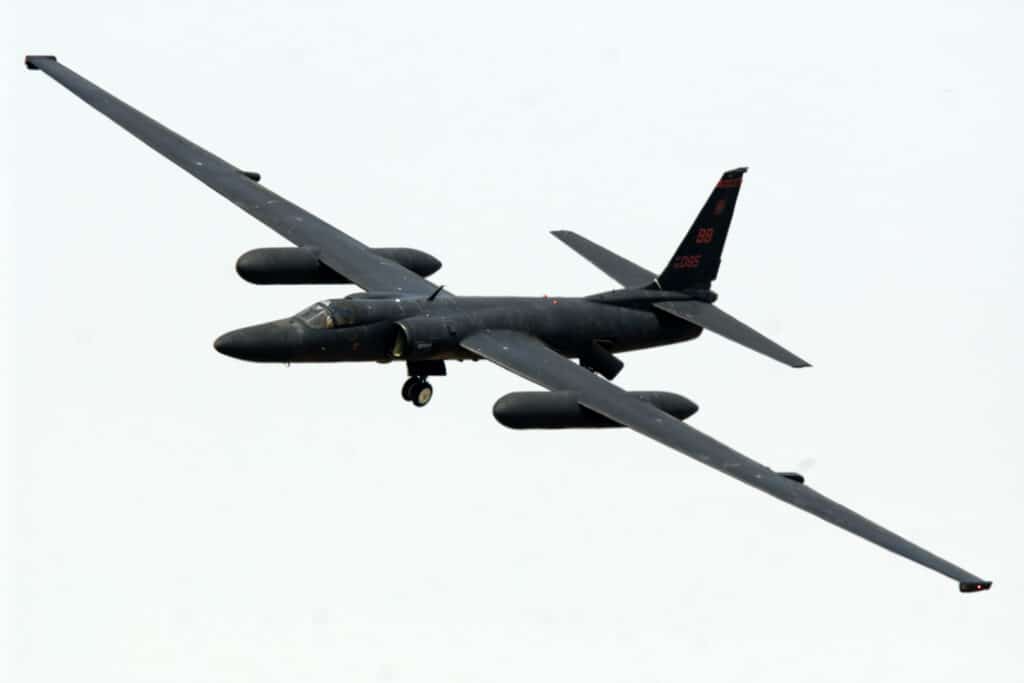
Lockheed Martin Skunk Works®, in partnership with the U.S. Air Force, completed the first Avionics Tech Refresh (ATR) programme flight of the U-2 Dragon Lady.
The successful first flight tested the new advanced capabilities aboard the U-2 as part of the ATR contract, including:
- An updated avionics suite (communications, navigation, display, etc.) that modernises the U-2’s onboard systems to readily accept and use new technology.
- A new mission computer designed for the U.S. Air Force’s open mission systems (OMS) standard that enables the U-2 to integrate with systems across air, space, sea, land and cyber domains at disparate security levels.
- New modern cockpit displays to make pilot tasks easier, while enhancing the presentation of the data the aircraft collects to enable faster, better-informed decisions.
During this mission, the aircraft successfully performed a low-altitude functional check flight to integrate new avionics, cabling and software.
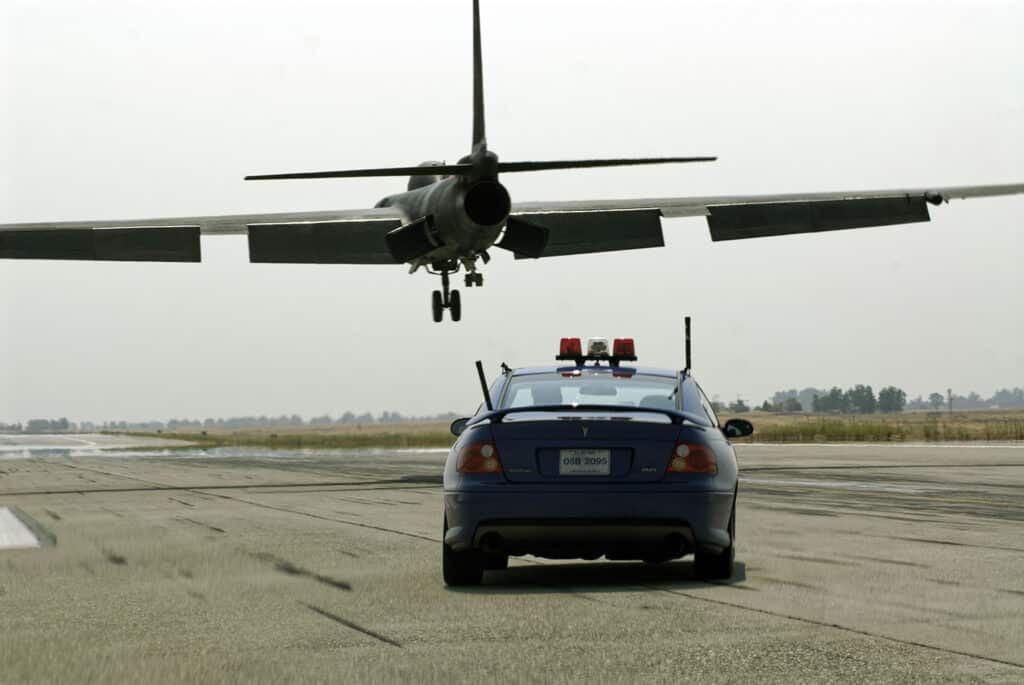
“The successful first flight of the U-2 Avionics Tech Refresh is a significant moment in our journey to rapidly and affordably field new capabilities,” said Sean Thatcher, U-2 Avionics Tech Refresh program manager at Lockheed Martin Skunk Works. “Leveraging the platform’s open architecture, we’re expediting these capabilities needed for the future Joint All-Domain Operations battlespace.”
The ATR’s first flight marks a milestone in the U-2’s modernisation efforts and its path to becoming the first fully OMS-compliant fleet. Further testing will solidify a mature software baseline before mission systems are introduced to ensure both functionality and interoperability to meet operational needs.
The U-2 ATR contract was awarded by the U.S. Air Force in 2020 and valued at $50 million.

The U-2S Dragon Lady is an agile and reliable high-altitude intelligence, surveillance and reconnaissance (ISR) aircraft that flies 24/7/365 to ensure global security with unparalleled performance.
This proven ISR track record paired with technological flexibility positions the U-2 as the optimum platform to rapidly field new payload capabilities, given its demonstrated open architecture and superior size, weight, power and cooling (SWAP-C) capacity. These key attributes, in addition to its modern Open Mission Systems (OMS) compliant avionics suite, make the U-2 the platform of choice to demonstrate new capabilities faster and more cost-effectively for a Joint All-Domain Operations vision.
The future fight is all about data – getting the right information to the right person at the right time. The Quantum Leap U-2 is effectively positioned to rapidly collect, process and share data across integrated networks that include legacy and 5th-generation platforms.
By using machine-to-machine processing to dramatically reduce the data to decision timeline, the U-2 can communicate securely and simultaneously at all tactical, operational and strategic levels across multiple domains. Additionally, the Avionics Tech Refresh expedites battlespace capabilities needed for the future, making the U-2 the first fully OMS-compliant fleet, providing the ability to plug-and-play new capabilities quickly and affordably to support future battlespace operations.
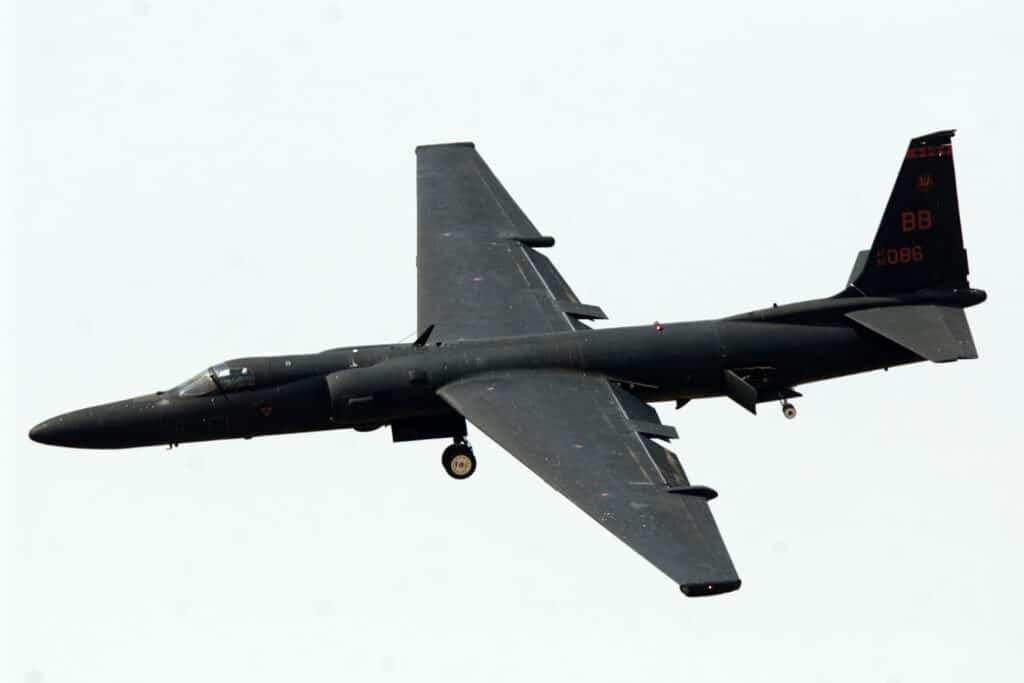
The U-2 a piece of history:
Initial designs for what would become the U-2 were created by Lockheed engineering guru Clarence “Kelly” Johnson in 1953. Working under the cloak of secrecy in the famed Skunk Works® division, Johnson envisioned a light, high-altitude reconnaissance aircraft capable of flying above the range of Soviet anti-aircraft fire.
The U-2 borrowed its sleek look from the profile of a traditional glider. Its long, tapered wing – a third of the weight of what was normal at the time – allowed it to carry out missions covering a range of 3,000 miles and carry up to 700 pounds of the latest reconnaissance equipment at a staggering and unprecedented altitude of 70,000 feet.
Unfortunately, by the time Johnson was able to submit a complete proposal to U.S. officials in the summer of 1954, President Eisenhower and CIA Director Allen Dulles had already approved two competing designs of high-altitude reconnaissance aircraft.
Johnson was not deterred. He knew he had the best plane. So he proposed a deal that no general could refuse. Not only would it take full responsibility for all maintenance and service – an entirely new concept in aviation – but it would also have a U-2 in the air in just eight months.
Incredibly, Johnson almost met his own impossible deadline, delivering the first U-2 for a test flight on July 29, 1955, nine months after signing the contract.
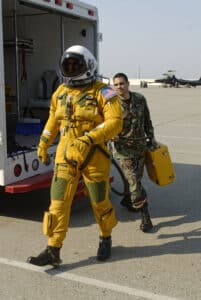
President Eisenhower now had his secret weapon, and he was determined to use it to keep the Cold War from turning hot.
From the summer of 1956, Lockheed’s U-2 would prove him wrong. On July 4, Hervey Stockman flew a U-2 from Wiesbaden, West Germany, into the heart of the Soviet Union, capturing detailed photos of airfields, factories and shipyards previously inaccessible by other planes.
The plane was tracked by Soviet radar, but Stockman’s U-2 flew beyond the range of Soviet interceptors and anti-aircraft fire, returning home with intelligence that changed history.
The U-2 flights revealed that the Soviets were more concerned with building tractors than tanks. Russia’s ability to produce high-end bombers was unimpressive at best. Its missiles, although numerous, were better suited to intermediate attacks on Europe than a long-range attack on the United States, with most not ready to fire at all.
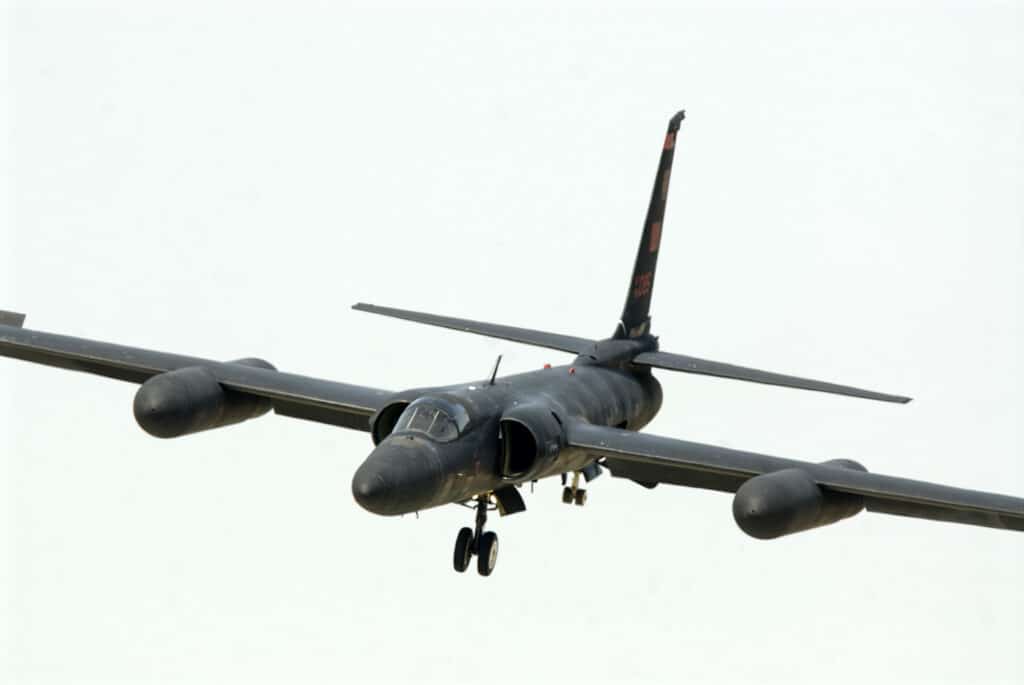
Thanks to the U-2, Eisenhower had the information he needed to avoid a massive weapons buildup – and potential war.
On May 1, 1960, a Soviet surface-to-air missile struck near a U-2 piloted by Francis Gary Powers while he was on a reconnaissance mission over Russia.
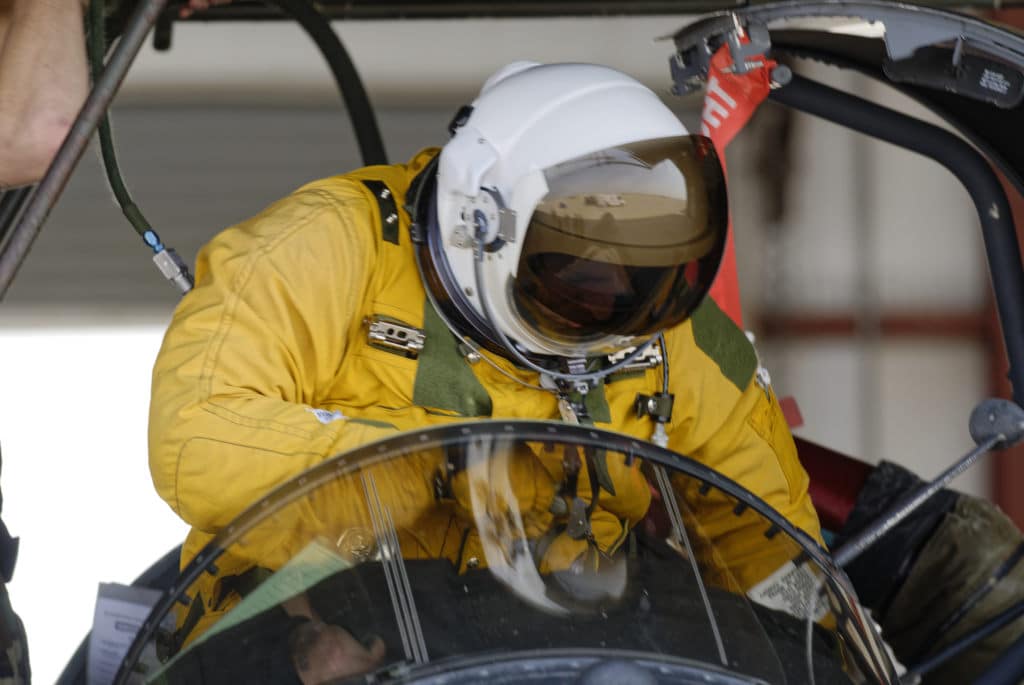
The U-2, however, would continue to be a vital asset to U.S. intelligence agencies, notably during the Cuban Missile Crisis. It was a U-2 piloted by Major Richard Heyser that took photos of Soviet missile installations in western Cuba on October 14, 1962, revealing that the Russians were capable of launching a nuclear strike against the United States.
Originally intended to have an operational life of only two years, the U-2 would serve in all subsequent American wars, while demonstrating remarkable versatility as a non-military aircraft.
When equipped with a wide variety of sensors, the U-2 morphed into everything from a high-tech NASA platform for conducting physics experiments to a high-altitude tool to track the migration of destructive spruce bark beetles through Alaska’s forests.
Today, U-2s are used as aerial surveillance devices; U-2s survey land areas for signs of makeshift mines and IEDs over Iraq and Afghanistan, making these high-flying dynamics as effective today as they were almost 60 years ago.
We can also specify regarding this legendary aircraft that it is the most complicated machine to fly in the USAF inventory.
